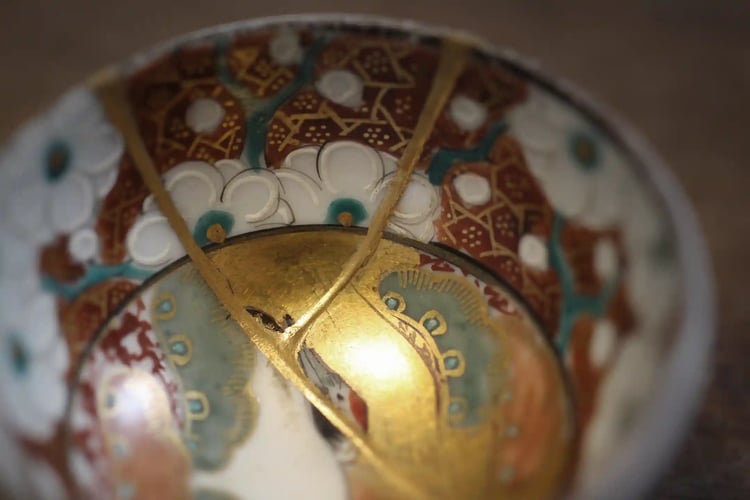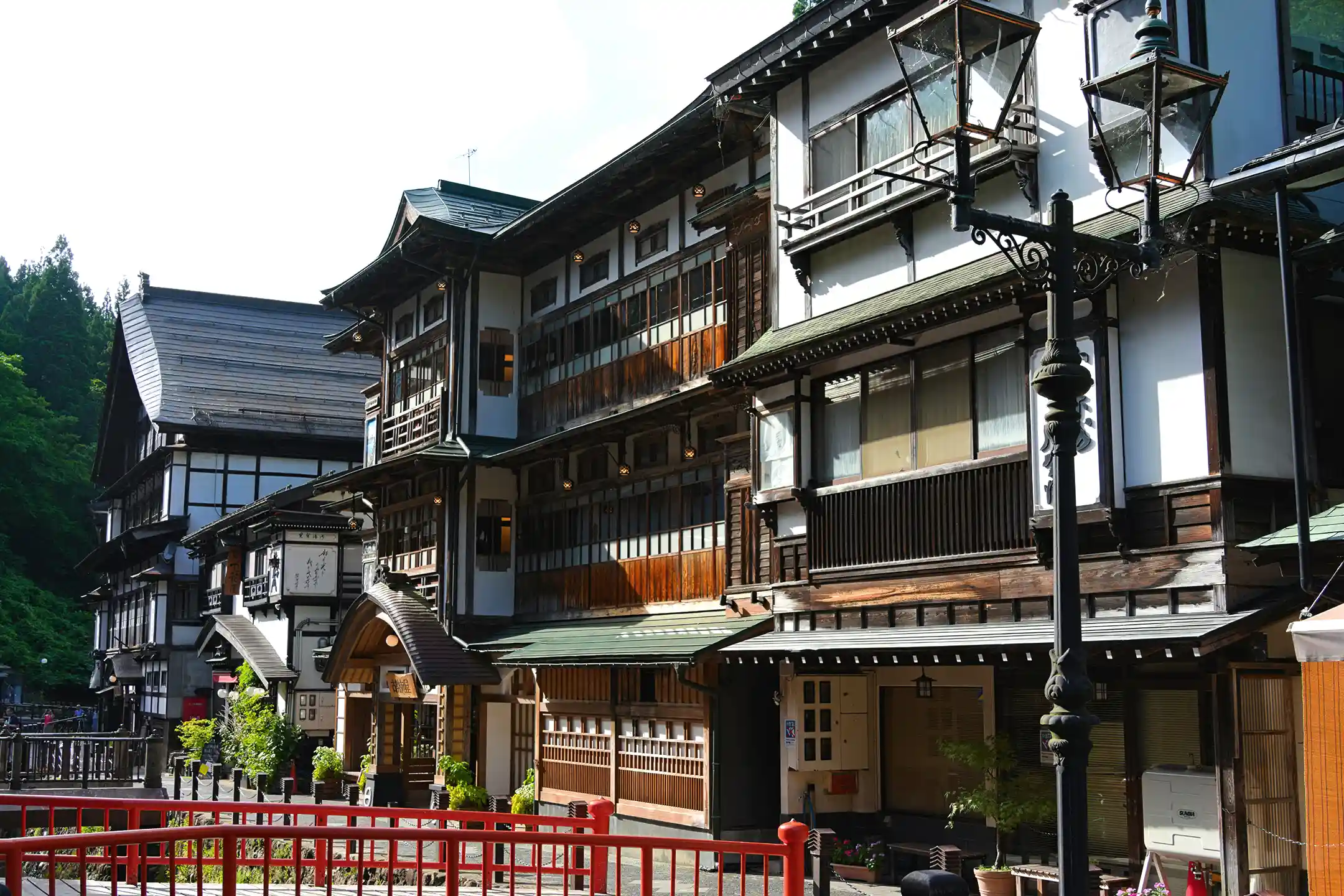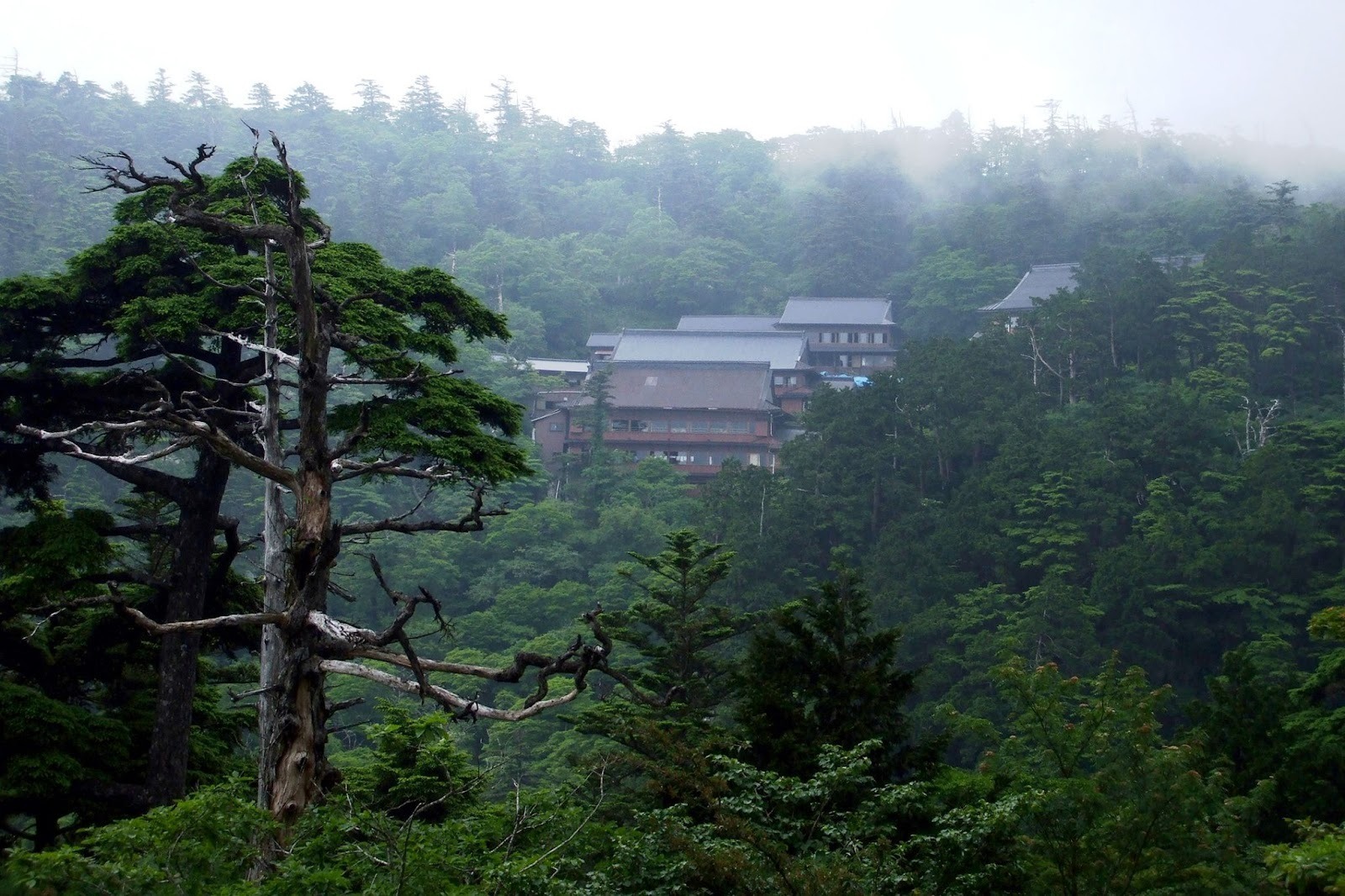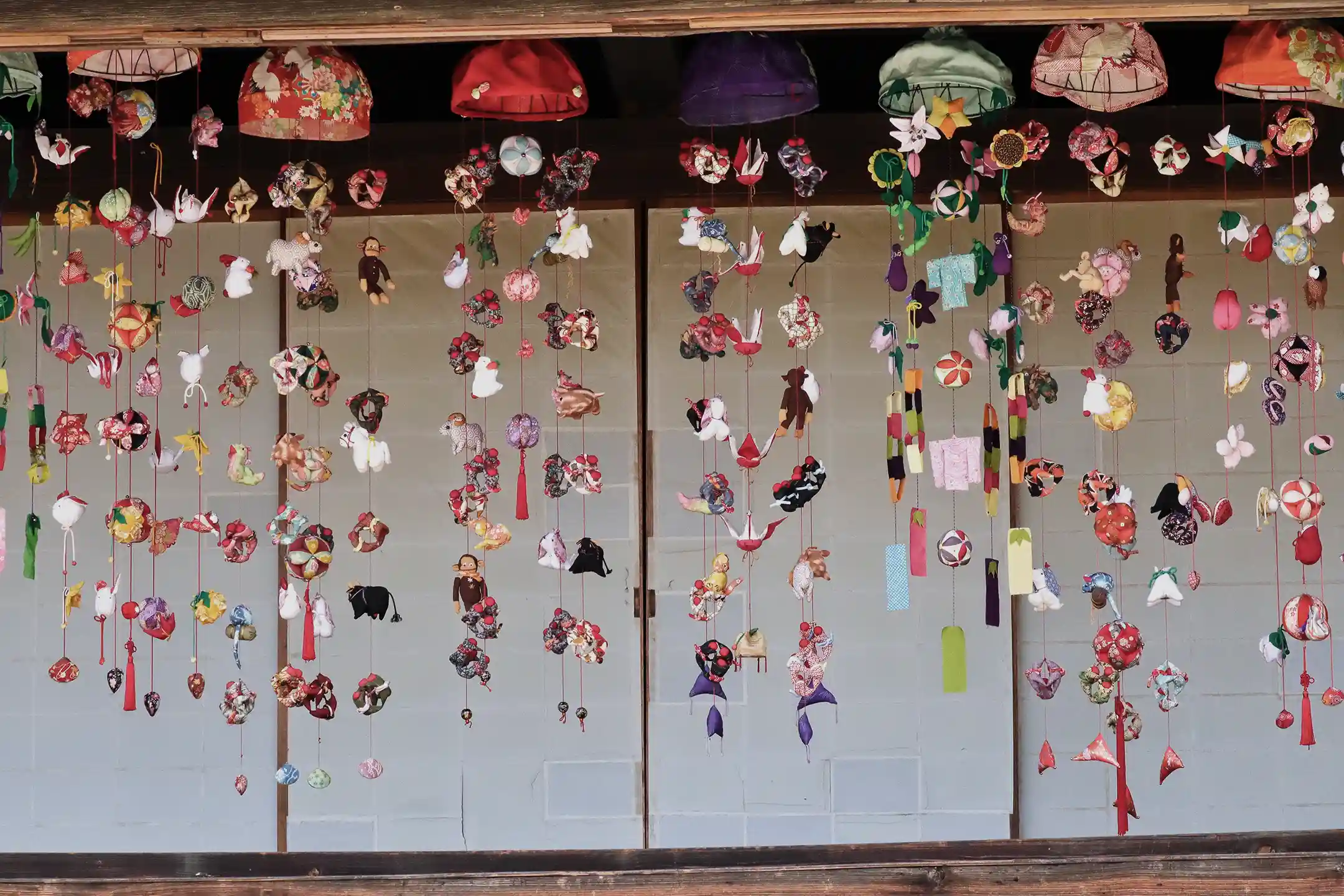When you set out to experience Japanese culture and art with all five senses, tradition and innovation meet right in front of you, sparking feelings that linger long after your trip.
Take a slow breath in a tranquil garden and let the fragrance of grass and trees settle your mind. In a tearoom, watch the steam rise from freshly whisked tea and feel the quiet presence of wabi—unadorned beauty that invites you to pause. Step into a gallery and let avant-garde works challenge your eye; sit down to seasonal cuisine and taste how craft and creativity show up on every plate. Wherever you go, you engage directly with Japan’s refined sense of beauty and its forward-looking spirit.
This harmony of tradition and innovation satisfies your curiosity while leaving a deep afterglow. If you’re visiting from the West, seeing history and modern life live side by side is a refreshing revelation—one that enriches your journey with every new encounter.
Refined Encounters with Japan’s Traditional Beauty
Exploring Japanese tradition is about savoring subtle joy in stillness. Rather than grand spectacle, you’ll find calm, poise, and a quietly luxurious pace that lets you notice more—and feel more.
Museums and Galleries Where Tradition Meets the Avant-Garde
Across Japan, distinctive museums and galleries fuse regional culture with contemporary art, sharing local character with the world.
Consider Towada City in Aomori: it blends the rich nature of a national park with contemporary works centered on the Towada Art Center, drawing visitors from around the globe (*1). Regional art festivals are thriving, too—pairing landscapes and customs with contemporary expression to spark cross-cultural connection and bring fresh energy to local communities (*2).
Plan time to see ancient artifacts and contemporary pieces side by side in a museum framed by a classical Japanese garden, or drop into a gallery housed in a restored historic building where avant-garde works sit alongside regional craft. In these quiet spaces, innovation breathes. The dialogue between traditional technique and bold expression sharpens your senses and deepens your appreciation of Japanese aesthetics.

Experiencing Japanese Beauty in Traditional Tearooms and Modern Design Hotels
Design a day that threads together the classic and the contemporary. In the morning, join a tea ceremony in an authentic tearoom and feel the spirit of hospitality unfold at an unhurried tempo.
In the small tatami room, modest utensils are placed with intention. The philosophy of wa-kei-sei-jaku—harmony, respect, purity, tranquility—sets the tone. As you sip matcha with seasonal confections, you’ll sense why tea is counted among Japan’s three great arts and how it has long nurtured spiritual richness.
There’s no need for ornament: the quiet exchange of gestures between host and guest conveys deep respect. Even as a visitor, you’ll feel welcomed by the understated grace of the moment.
By evening, check into a luxury design hotel where contemporary architecture and Japanese sensibility meet. Instead of chandeliers and marble, you may find washi paper, wood, and other traditional materials shaping a minimalist, high-quality space.
In Kyoto or Tokyo, some properties embrace an “aesthetics of subtraction,” with indirect lighting and natural shadow creating lobbies as calm as a tearoom. Picture yourself—trench coat and loafers—standing in a lounge where tradition and modernity blend. In a guest room that reinterprets tatami and shoji for today, you’ll feel the elegant continuity between past and present.

Exclusive Encounters with Artists to Satisfy Your Curiosity
If you’re passionate about art and culture, few luxuries rival encounters that genuinely expand your understanding. Across Japan, you can meet artisans and contemporary artists up close—moments that transcend language and offer learning you’ll carry home.
Private Workshops with Master Craftsmen and Artists
Visit traditional craft regions and book a private workshop in a master’s studio to learn by doing.
Ceramics, yuzen dyeing, lacquerware, and kintsugi (repairing pottery with lacquer and gold) all have living masters—some designated as Living National Treasures—and with advance reservations you can study directly with them.
Kintsugi’s ethos—turning a break into beauty—embodies a Japanese way of cherishing objects and finding charm in imperfection. Demand among affluent inbound travelers for hands-on learning grows every year, and luxury hotels are partnering with artisans to create exclusive programs (*2).
In a lacquerware studio, try applying lacquer to wooden bases and watch the artisan’s precise brushwork. At an indigo atelier, peer into the dye vat and catch the moment deep Japanese blue blooms on cloth. You don’t just observe the craft—you feel it in your hands.

Seminars for Deeper Insight into Japanese Culture and Art
Add expert-led seminars or guided art tours to give your trip more dimension.
On premium tours with art historians, you’ll learn the meanings behind temple carvings or fusuma paintings—suddenly, works you once called “beautiful” reveal layered ideas and history.
In Tokyo and Kyoto, intimate lectures with professors and cultural figures cover everything from Noh and Kabuki to garden design and evolving aesthetics. Ask questions, follow your curiosity, and go deeper than any book or video can take you.
Topics such as “Tea Ceremony and Zen,” “The Concept of Ma in Japanese Architecture,” and “How Ukiyo-e Influenced European Art” are unpacked with clarity, leaving you energised and informed. For Western travelers, experiences with intellectual substance are especially valued (*1), turning your trip into something far richer than sightseeing.

Refined Experiences in Japanese Cuisine and Fashion
Japan’s cultural charm also lives in the everyday—most vividly in food and fashion. Even daily meals and attire reflect aesthetic awareness and seasonality, turning ordinary moments into experiences you’ll remember.
Silence and Sophistication at Fine Japanese Restaurants
A serene meal at a high-end Japanese restaurant is essential. Washoku celebrates natural flavor and the seasons on every plate, a nature-centered ethos recognized by UNESCO as an Intangible Cultural Heritage (*1).
Spring might bring wild greens on cherry-wood plates; autumn could pair grilled saury with chestnuts and a dash of crimson maple. Guests are often delighted by how deeply seasonality is expressed not only through ingredients but also through tableware and presentation.
Menus usually follow ichiju-sansai (one soup, three dishes) for balance and health. Lift a lid and breathe in the aroma of dashi; taste the delicacy of peak-season produce; explore thoughtful pairings with sake. In top restaurants, even a chef’s measured movements and the gentle clink of tableware add to the experience.
.webp?width=750&height=500&name=The%20colorful%20presentation%20of%20a%20Japanese%20meal%20(Zen).webp)
Fashion Brands Embodying Japanese Aesthetics
Between cultural visits, explore fashion houses that embody Japanese aesthetics. From globally renowned designers in New York and Paris to Kyoto heritage ateliers crafting accessories, Japanese fashion blends tradition and modernity with distinctive flair.
Issey Miyake and Yohji Yamamoto channel Japanese sensibilities into architectural forms, tactile fabrics, and expressive silhouettes—an understated minimalism that resonates worldwide.
In Kyoto and Kanazawa, emerging labels transform regional techniques into contemporary pieces—think indigo-dyed denim or handbags in Nishijin-ori. These aren’t just trends; they’re designs carrying the story of place and craft.
Major department stores also share this narrative. Isetan Mitsukoshi Holdings’ “JAPAN SENSES” highlights masterful skills and makers across the country, introducing Japan’s aesthetics to a global audience (*2).
Sustainable Journeys Where Tradition Meets Technology
For today’s eco-conscious traveler, sustainability is part of the plan. Japan’s reputation for advanced technology now extends to preserving heritage—reshaping how you travel and what you choose to support.
Eco-Friendly Cultural Journeys with Tesla and EVs
Explore scenic routes and cultural sites in a Tesla or another EV to balance comfort with environmental care. The familiarity of driving a Tesla abroad meets the thrill of discovering Japan’s landscapes.
Across the country, the “GREEN JOURNEY” concept encourages EV travel with zero CO₂ emissions during driving, stays at eco-minded properties, and dining and activities rooted in local culture (*1).
In 2024, Nissan and Nippon Travel Agency—joined by JR Group and 14 other public–private partners—launched the GREEN JOURNEY Promotion Committee, with initial tours to Aso (Kumamoto) and Ise-Shima (Mie).
On the road, the quiet is what you’ll remember: without engine noise, birdsong and wind become part of the soundtrack, and the scenery feels closer.
Sustainable Stays in Traditional Japanese Architecture
Consider accommodations that pair heritage with sustainability. If you’re used to modern eco-hotels, Japan’s eco-conscious inns offer comfort with a sense of time and place.
At voco Osaka Central (opened 2023), reclaimed timber from old homes gives interiors character, traditional carpentry techniques are honored, and amenities—from refillable bottles to bamboo toothbrushes—reduce waste (*2).
In Kyoto, certain inns operate entirely on renewable energy within restored Edo-era townhouses, pairing solar power and well-water systems with carefully repaired antique furnishings and low-plastic amenities.
Look to towns like Ozu in Ehime Prefecture, where historic districts have been revitalized into sustainable destinations. Sleep in renovated samurai residences or kura storehouses; beneath beams restored by local artisans, the past and present feel perfectly aligned.
.webp?width=750&height=500&name=Sannenzaka%20and%20Ninenzaka%20Slopes%20(The%20Approach%20to%20Kiyomizu-dera%20Temple%2c%20Kyoto).webp)
Conclusion
A journey into Japanese culture and the arts lets tradition and innovation resonate in ways you can feel—through your senses and in your thinking. From serene beauty and meaningful time with artisans to forward-looking sustainability, each layer adds to a story you’ll want to keep exploring. For travelers from abroad, Japan’s refined cultural and artistic experiences offer fresh wonder—and the kind of connection that stays with you.
Author Bio

Maoko Shibuya
Content Planner & Writer Holding a master’s in Digital Marketing and experience across global markets, Maoko blends international perspective with a deep appreciation for Japan’s cultural heritage. She plans and writes compelling narratives that reveal the country’s beauty and depth, drawing on her passion for travel, local cuisine, and cultural exploration.


.webp)


